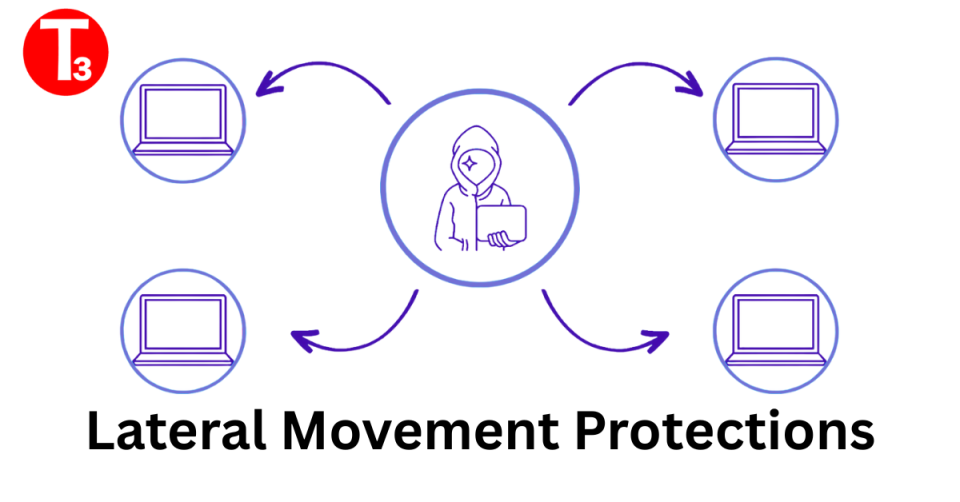Indian hackers claimed to have hacked Islamabad, Peshawar, Multan International and Karachi airport
February 12, 2017Hitachi Payment (India) Confirms ATM malware hit
February 13, 2017IN a long-awaited move, the State Bank has finally inaugurated a system for the automated detection of possible money laundering and terror financing that uses the banking system. The absence of such a system was one of the key impediments to properly tracking the abuse of the financial system for criminal purposes since all monitoring was done manually. Now, with a little help from the UK government and the UN Office of Drugs and Crime, an automated system will track millions of transactions and be able to flag suspicious ones instead of the authorities having to wait for banks to manually generate reports, a task that was being performed by branch personnel until now. Whereas vigilance at the branch level will continue, it is now going to be augmented by an automated system, similar to the type that banks use to monitor credit and debit card transactions to look for anomalies and generate an alert if any unusual activity takes place, thereby letting the customer know in time if their card is being used by an un authorised party.
Manual monitoring of all transactions was simply unable to keep up with the task of tracking abuses of the financial system. But with an automated system, a few further challenges now open up. For one, the algorithm being used will need to be fine-tuned with the passage of time to minimise the number of false positives that it throws up. Each false positive will mean trouble for an innocent party. In order to minimise this, the authorities need to constantly update their knowledge of the numerous ways in which money laundering is carried out in Pakistan and sensitise the algorithm to the right signatures to search for suspicious activity. This will mean a constant, structured liaison between the State Bank, the Financial Monitoring Unit (where the automated system is housed), and the banking community to share information on the evolving techniques used by money launderers and terror financiers.
More importantly, it is common knowledge that many powerful parties, whether individual or institutional, are involved in the enterprise of money laundering and terror financing. In the past, we have seen parties against whom substantial amounts of proof had been gathered by law enforcement get off scot-free due to higher influence. One way to inhibit the play of influence is to increase transparency, perhaps by mandating a regular disclosure cycle for publicly sharing the information generated by the system without compromising individual privacy. Also, those channels that are not covered by the system, such as ‘mules’ who ferry cash physically, although they are an imperfect substitute, will still need to be apprehended with greater vigilance. In the end, implementation will hinge on the willingness of the authorities to take action when wrongdoing is detected, and courage will be required for this.
published, February 12th, 2017




